Magnetic Levitation Blower vs. Twin Screw Roots Blower: A Comprehensive Comparison
Jun. 20, 2024
Introduction
In the realm of industrial blowers, two technologies stand out for their innovative designs and impressive performance: the Magnetic Levitation Blower and the Twin Screw Roots Blower. These blowers are pivotal in various applications, including wastewater treatment, pneumatic conveying, and power generation. Understanding their differences is essential for industries looking to optimize efficiency and performance. This article aims to provide a detailed comparison of these two blower technologies, focusing on key performance criteria.
Criteria for Comparison
Efficiency
Efficiency is a crucial factor in evaluating industrial blowers. It determines the blower's ability to convert electrical energy into mechanical energy with minimal losses. High efficiency leads to lower operational costs and reduced environmental impact.
Maintenance Requirements
Maintenance Requirements refer to the frequency and complexity of maintenance tasks needed to keep the blower operational. Low maintenance requirements translate to less downtime and lower long-term costs.
Noise Levels
Noise Levels impact the working environment and regulatory compliance. Blowers that operate quietly are preferred in settings where noise pollution is a concern.
Durability and Lifespan
Durability and Lifespan are indicators of how long the blower can operate efficiently without significant degradation. Long-lasting blowers reduce the need for replacements and ensure consistent performance.
Detailed Comparison
Efficiency
Magnetic Levitation Blower
The Magnetic Levitation Blower (MagLev Blower) leverages advanced magnetic bearings to achieve frictionless operation. This technology eliminates mechanical contact, resulting in significantly higher efficiency compared to traditional blowers. The absence of physical contact reduces energy losses, allowing the blower to operate at higher speeds and with greater energy savings. Additionally, the precise control of the magnetic bearings enhances the blower's overall performance, making it a top choice for applications demanding high efficiency.
Twin Screw Roots Blower
The Twin Screw Roots Blower, on the other hand, employs two intermeshing screws to compress air. While this design is robust and reliable, it inherently involves more mechanical contact and friction. Consequently, the efficiency of the Twin Screw Roots Blower is generally lower than that of the MagLev Blower. However, advancements in screw design and materials have led to improvements in efficiency, though they still lag behind the capabilities of magnetic levitation technology.
Maintenance Requirements
Magnetic Levitation Blower
Additional reading:Ultimate Snack Showdown: Which Snacks Win Brack Cup?
The Benefits of Using Hydraulic Motor Oil Seal: Everything You Need to Know
How Does Advanced CNC Wood Router Work?
Ultimate Guide: How Does an Aquarium Sponge Filter Work?
How Does hydraulic lifters Work?
Why Bamboo Round Stick Making Machine is Essential?
How to Choose Filter Foam Aquarium Properly.
One of the standout features of the MagLev Blower is its minimal maintenance requirements. The lack of physical bearings means there are no parts that wear out due to friction. This significantly reduces the need for regular maintenance, making the MagLev Blower an attractive option for industries aiming to minimize downtime and maintenance costs. Routine checks are mainly focused on the electronic components and control systems, which are less prone to wear and tear.
Twin Screw Roots Blower
The Twin Screw Roots Blower requires more frequent maintenance due to its mechanical nature. The screws and bearings are subject to wear and tear, necessitating regular inspections and replacements. Lubrication is also a critical maintenance task to ensure smooth operation. While maintenance procedures for Twin Screw Roots Blowers are well-established and manageable, they do result in higher maintenance costs and potential downtime compared to MagLev Blowers.
Noise Levels
Magnetic Levitation Blower
The MagLev Blower is renowned for its quiet operation. The elimination of mechanical contact and the use of magnetic bearings result in significantly lower noise levels. This makes the MagLev Blower ideal for environments where noise pollution is a concern, such as urban settings and indoor installations. The quiet operation also contributes to a more pleasant working environment for employees.
Twin Screw Roots Blower
In contrast, the Twin Screw Roots Blower tends to generate more noise due to the mechanical interactions between the screws and the housing. Although noise reduction technologies, such as soundproof enclosures and noise dampening materials, can mitigate this issue, the Twin Screw Roots Blower is inherently noisier than the MagLev Blower. This can be a disadvantage in noise-sensitive applications.
Durability and Lifespan
Magnetic Levitation Blower
The durability of the MagLev Blower is impressive due to the absence of mechanical wear. Magnetic bearings do not suffer from the same degradation issues as traditional bearings, resulting in a longer lifespan. The robust design of the MagLev Blower ensures consistent performance over many years, reducing the need for frequent replacements. This longevity makes the MagLev Blower a cost-effective choice in the long run.
Twin Screw Roots Blower
The Twin Screw Roots Blower, while durable, does have a shorter lifespan compared to the MagLev Blower due to the wear and tear on its mechanical components. Regular maintenance can extend its operational life, but eventually, the screws and bearings will need to be replaced. Despite these challenges, the Twin Screw Roots Blower remains a reliable option for many industrial applications, particularly those that do not require the highest levels of efficiency or quiet operation.
Conclusion
In summary, both the Magnetic Levitation Blower and the Twin Screw Roots Blower have their distinct advantages and limitations. The MagLev Blower excels in efficiency, low maintenance requirements, quiet operation, and durability. It is the ideal choice for industries seeking cutting-edge technology and long-term cost savings. However, it comes with a higher initial investment.
The Twin Screw Roots Blower, while not as efficient or quiet as the MagLev Blower, offers robustness and reliability. It is suitable for applications where budget constraints are significant, and the operational environment can accommodate higher noise levels and more frequent maintenance.
Final Recommendation: For industries prioritizing efficiency, low maintenance, and quiet operation, the Magnetic Levitation Blower is the superior choice. Conversely, for applications where cost considerations are paramount, and operational demands are less stringent, the Twin Screw Roots Blower remains a viable and effective solution.
Ceramic Rings: Affordable and Effective Bio Media - FishLab
10 Questions You Should Know about Casette Seal
How Does hydraulic pump seal Work?
The Secret to Maximizing Farm Machinery EfficiencyWhich oil seal is best for durability?
Revolutionizing sustainability: Bamboo stick machines future?
How Does Glass Water Bottle Work?
How to Choose Organic Silicon Sol? A Comprehensive Guide for Consumers
39
0
0
Related Articles


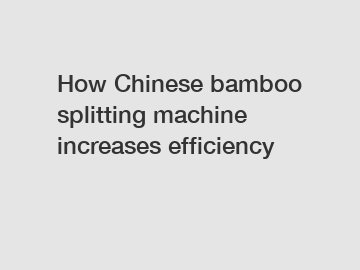


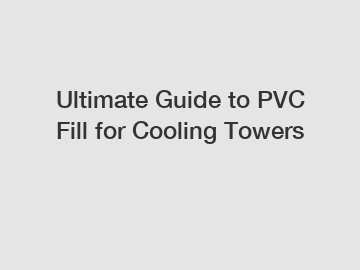
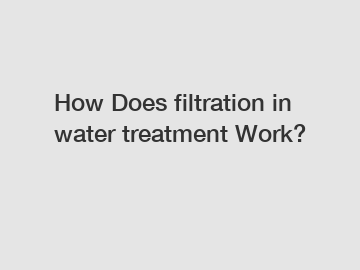
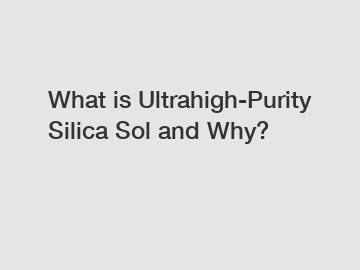

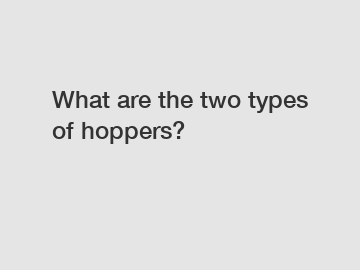
Comments
All Comments (0)